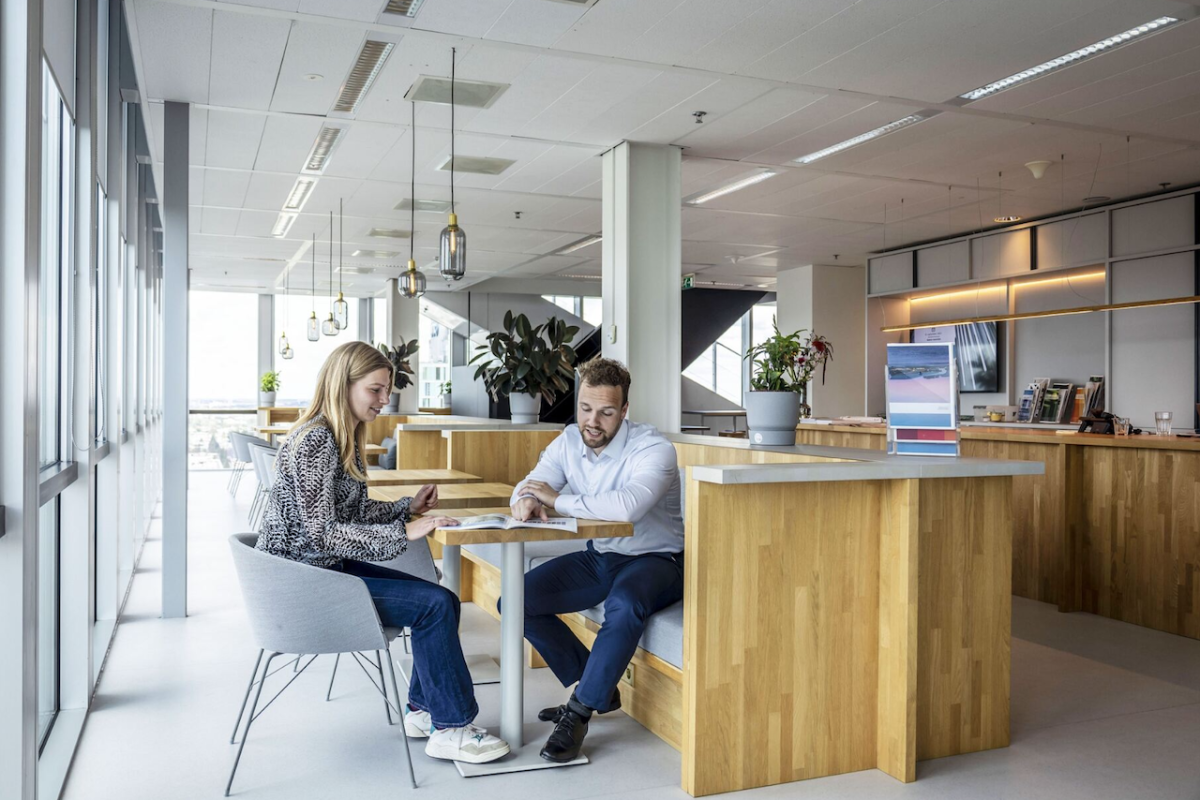LOCAL ACCESS KEY TO PROPERTY VALUE
Good local access and connections can boost property values. Wouter van ‘t Grunewold, a data analyst at real estate consultancy Savills, has mapped the accessibility of office properties in the Netherlands and its effect on the value of local real estate. His finding? Amsterdam Zuidas scores are high.
Van ‘t Grunewold collected information on the accessibility of postal code areas in the Netherlands using spatial data analysis to assess the impact on property values. “What matters”, according to Van ‘t Grunewold, “is having a variety of transport options in the area, on the one hand, and a range of amenities in the immediate vicinity, on the other”. To keep the data as clean as possible, his analysis also accounted for other factors influencing the valuation of office properties, such as year of construction and energy rating. “By excluding those factors, you get a better picture of the role that accessibility plays.”
Alongside this data analysis, he also surveyed workers across the Netherlands to find out what aspects they feel to be essential for office accessibility. Both rail and road connections turn out to be important to many workers, though there are some notable differences per age group. Whereas respondents over 50 rely heavily on their cars, younger generations tend to use swap bikes or shared mobility more. “The takeaway is that when looking for a suitable office location, it’s important to consider your workforce demographics”, Van ‘t Grunewold advises. “A business park that can only be reached by car will be less attractive to young people and that can affect your competitive position.”
Access in the Randstad
The Randstad area (Amsterdam, Rotterdam, The Hague and Utrecht region) scores best nationally on access and connections, with Zuidas even coming out on top. “That’s thanks to all the different modalities converging here: bus, tram, metro, train and motorway”, Van ‘t Grunewold explains. “Zuidas also scores well on local access to amenities. There are cafés, restaurants, child day care and of course a wealth of job opportunities. That’s all reflected in higher office rents.”

Data-driven
Savills is known for its data-driven approach. The geographic information systems Van ‘t Grunewold used for his research can also give companies valuable insights on things such as cutting CO2 emissions. “We can provide insights on total commuting distances and locations where employees live, which employers can then use to choose an optimal office location – one that results in the shortest possible journeys for staff”, Van ‘t Grunewold adds. “It can even help companies judge whether to open new premises, or expand an existing one. Along with that, we can also show what the potential CO2 or time savings would be. These are fun questions to unravel using data.”
With the number of people living and working in Zuidas continuing to grow, area access is an important issue. And, as Van ‘t Grunewold points out, a thoughtfully designed mobility system can contribute to a more sustainable future. “The best solution for reducing your CO2 footprint, is to limit travel movements to an absolute minimum. You can promote that by offering plenty of facilities in the immediate vicinity. Having local amenities close to hand is every bit as important now, with all the works underway in Zuidas, to limit disruptions for local residents as much as possible.”
Van ‘t Grunewold hopes his research will provide an impetus for national and local authorities to improve area mobility. “Good access pays off. You see it in the value of local real estate. Getting municipalities and national government to recognize this, would create an incentive to invest in areas.”
